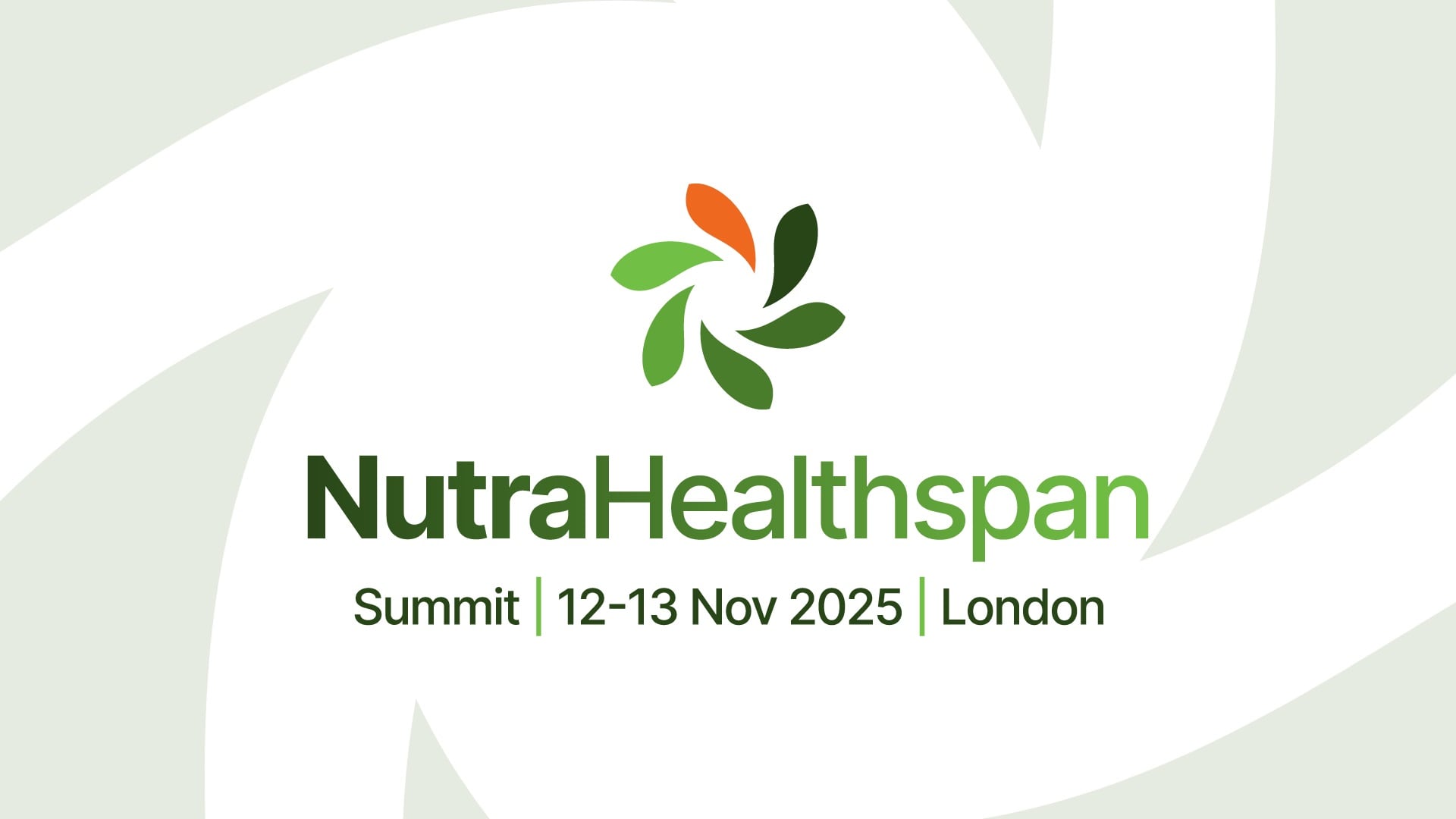“I think it’s quite an important shift, actually a bit of a paradigm shift,” Morgan told NutraIngredients. “I think, in simple terms, healthy aging was very much seen as targeting those individuals who were already aging. I think of the classical imagery that you would see for the way that the B2B environment would target it, or even brands, you would see people in their 60s, 70s, and we would talk about the challenges they face, physiologically, biologically and so on, from a nutritional standpoint, and where we can help them have a better quality of life towards the end of their life.
“But I think what we’re seeing is a subtle but significant shift to more of a framing of longevity and sort of healthspan, which is, well, if you are going to live better and have a higher quality of life towards the end of your life, of course, why not start earlier? Because, of course, that’s the best way to adapt to this by approaching positive habits and behaviors earlier, and that’s actually targeting people in their 30s, 40s and 50s, as opposed to already targeting people when they’re older, when actually, to be honest, habits are a bit harder to change.”
Targeting the hallmarks of aging
Morgan said that, from an ingredient and formulation perspective, ingredient suppliers and brands are looking at this category from the perspective of the hallmarks of aging. There are 12 hallmarks of aging, outlined in a 2023 review by Professor Carlos López-Otín, and dietary ingredients can potentially act on one or more of these processes. From a nutritional perspective, the main processes that have received attention are mitochondrial dysfunction, telomere shortening, chronic inflammation and cellular senescence.
The ingredients gaining attention in this space are not necessarily new but rather experiencing a renaissance, Morgan noted.
“We’ve definitely got some good algae around,” he said. “We’ve got NAC, NMN, resveratrol and some other polyphenols coming through. So, we’re seeing quite a few more ingredients just come to the fore because of their original known benefits just become more relevant to the products and the sort of the proposition it is today.
“I suspect we’ll see some new ingredients, there’s no doubt that’ll happen, but I think what you’re just seeing is the renaissance of ingredients that people weren’t always familiar with or as much previously.”
An explosion in specialist brands
Nutrition Integrated is tracking 50 brands with about 150 products that are positioned in the cellular health space, and these include a combination of big legacy brands and new specialist brands.
“When you start to see a specialist brand focus, that’s when you can start to see the sort of the rocket take off in something that’s becoming clearly relevant to more people,” Morgan explained.
“So, what we’re seeing is the launch of specialist brands, people who are fundamentally targeting longevity in a more generational way. And when I say generational, it just means that they are newer, fresher. They seem to be presenting themselves to all the cues that you would expect a brand to launch with in 2025. So, you’re starting to see that now, you are seeing the big generalist brands respond to this, particularly in cellular health. And we’ve seen that already with some brands launching two or three products with the headlines of cellular health.”
Morgan, who will be presenting at the inaugural Nutra Healthspan Summit in November in London, noted that there are a number of nuances around cellular health, and he expects to see a lot of maturation around the understanding of cellular health.
Watch the video for the full interview.




